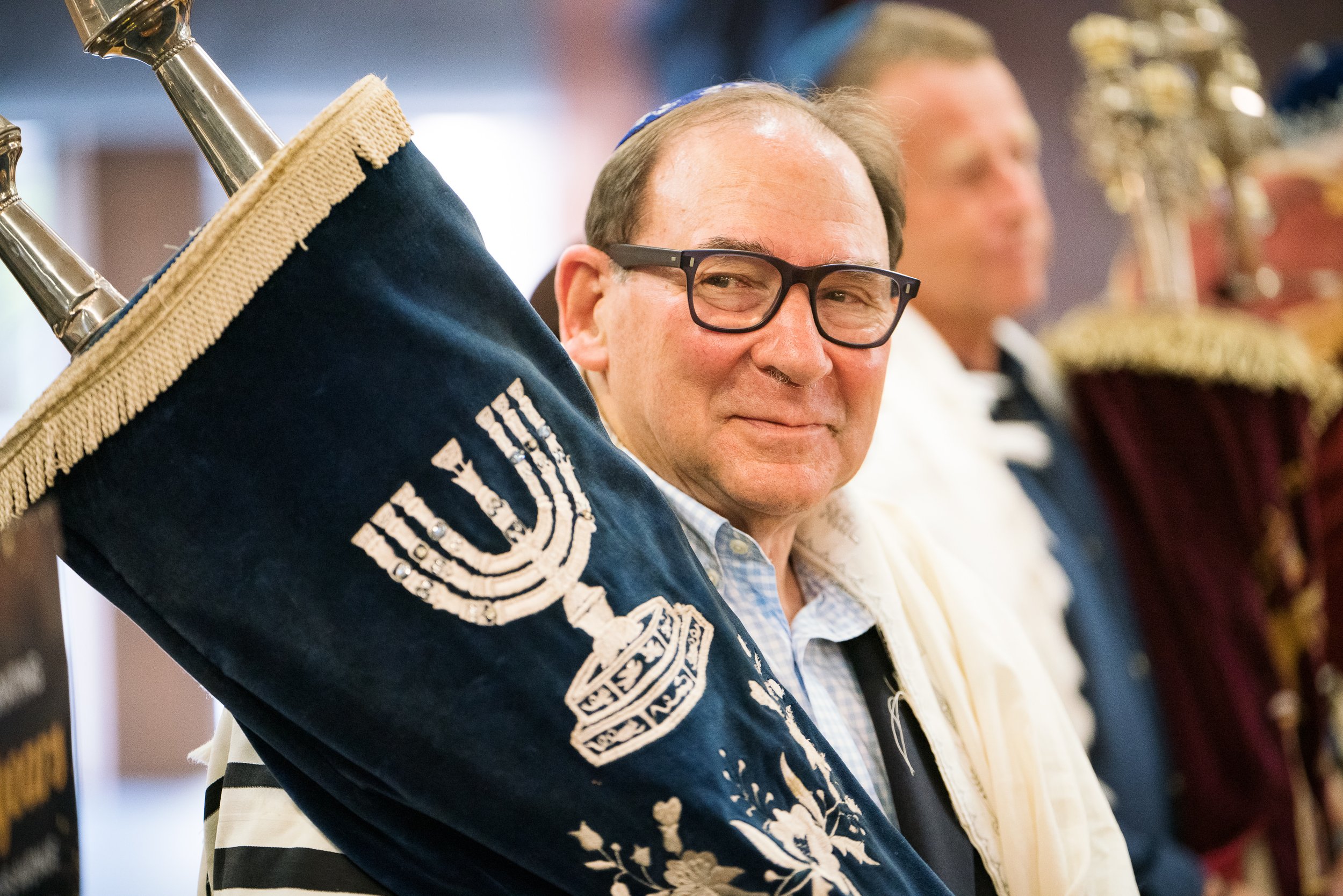Memories and Community
Speech by John Barnett CNZM
Greys Avenue Commemorative Service
19 February 2023
The memories of one's childhood and our early years are shaped as much by the people you shared them with, as the location where they took place.
Greys Avenue has very long memories for me. My father was on the Board of the AHC when the move was being planned, and so the discussion about "the why we would move" and "when" were topics in our home for several years before we actually did move.
I remember Princes St. I was barmitzvah there on Shabbat Ki Tzetei 1958! It was and still is, a beautiful building with 80 years of history and it was the cornerstone of Auckland's Jewish community.
The move from Princes St to this site in Greys Ave was full of excitement, anticipation and hope for the future.
We were to have a modern complex, beautifully and practically designed by John Goldwater and we were soon going to have a Jewish day School. The potential of this site and the establishment of the school were the drivers that moved us.
Being Jewish in Auckland in the 1950s and 60s was different. The secular world was different. There were far fewer demands on our business and social time.
The demographics of the Jewish community were different. Younger families made up a greater percentage of our members. We were a congregation whose backgrounds were Jews whose families had lived in NZ for sixty, eighty or a hundred or more years, and who were very well integrated into every day Auckland and New Zealand. Many men and some women from those families had fought in the New Zealand Army in World War Two. That also created bonds between those congregants. Then we had newer members. There was a group, including my parents who had come from Britain before the War. Then a larger group in the 1950s. There were those who had come as a consequence of the horrors of Europe. A small group who were 'allowed' into NZ before the war began, and then another small group of survivors post war.
We had a wide range of social, cultural, sporting clubs and interest groups. We were also learning to adapt to the fact that a Progressive Synagogue had opened across town and that was a cause for angst among a number of members. There were a number of organisations who were active advocates for Israel; Zionist Society, Jewish National Fund, United Israel Appeal, Women’s International Zionist Organisation and Habonim. My parents were among those who formed the London Club which in time became the Auckland Jewish Club. There was the wonderful Women’s Guild, who did so much for the community.
The Rabbi, and for many years that was Rabbi Astor, and his wife, to us, always Mrs Astor, were at the heart of the community and their imprimatur on an organisation was critical. There was a national Jewish newspaper, the New Zealand Jewish Chronicle, and a specific Auckland 'publication 'Hashofar' edited by Ernest Markham.
But all these organisations and communications reflected the makeup of the Community and the needs and landscape of the time.
And, of course we had the Auckland Hebrew Congregation (AHC), and the Chevra Kadisha who everyone interacted with at some time. The AHC and the Shul were seen as one.
If you think about the way the AHC has generated income for its life to date, it has been by selling seat subscriptions. Because if you didn’t have a seat reserved and paid for, you and your family, wouldn’t get in on Yomtovim - not just Rosh Hashanah and Yom Kippur, but the Second day Shavuot or Succoth. And where would you seat all your family and friends for a Bar or Bat mitzvah?
When Greys Ave opened, the world was a less intense and pressured place, and being Jewish in a secular society was not difficult. We weren’t physically different in our presence, garb or conduct. Apart from Rabbonim, few men wore kippot or tzitzit outside Shul. Although in contrast to today, every man who attended a Shul service always wore a suit a tie.
The general public view of Israel was positive, both in recognition of the recent Holocaust, and the reality that we went to war to prevent this scourge, but also because the then newly formed State of Israel was seen as plucky, and a place of hope in an unknown space.
So, this building from its first beginnings was something for the city to celebrate, and for the Jewish Community to feel comfortable in, and to see it as the centre of our Jewish being.
Now I know that we all accept that the “home” is the centre of Judaism , and it is and was, but Greys Ave, or the Synagogue here, made the big statement about us.
That had been true in Princes St, and it will be true of Remuera, but looking through the lens of that time, it was Greys Ave which was our centre.
I’ve mentioned that there were a wide ranging group of organisations offering access to many Jewish activities. As I look back I think there are lessons for us as we move location. Firstly, all those organisations and activities grew out of a desire, or need, from the community at that time. They succeeded if they met those needs, or if the individuals who initiated them remained active. That is a key to our future.
As the secular community changed, and as the makeup of our community changed, we weren’t always that good at accommodating the shifting landscape. We had our largest group of newcomers arrive in a very short space of time when former South African Jews arrived here. We had Israelis and Russians seeking a better future. We have to be honest, because we didn’t always provide the warmest welcome for everyone. Like anything in life, its easy to say 'we did our best’, but the ultimate assessment of that is actually from the people who arrived. And the reality is that a number of families moved on, to Australia, to Israel, or assimilated, or ceased to have contact. And I stress this could be for a number of reasons, but we are the poorer for it.
Thirty years ago Dr Laurie Gluckman wrote a short account of an Arctic cruise he and Anne went on where they were pleasantly surprised to attend an Oneg Shabbat with about fifty other Jewish passengers from many countries. His article is entitled "There are no Jews, only Jews”. He says, “we may all be different, but we are all the same”.
In today's world where we face overt antisemitism, again, and where Israel's right to exist is constantly questioned, we do need to remember that in the very worst of times, as the Nazis sought power and wanted to wipe us out, they didnt ask 'which Shul do you belong to?'. We were all Jews, and that was enough.
Today in NZ we all have family members who may not have Jewish descendants. As the Auckland Hebrew Congregation, we need to follow 'halacha', but we also have to keep connected to everyone who is Jewish or has a Jewish connection. The example of how Maori have strengthened, is in part due to their view that you may have a great, great, great, grandparent who was Māori, and therefore you are still linked to all Māori.
We need these links, because people with Jewish links can become our friends and advocates, and they can tell the stories of the lives their grandparents and great grand parents observed. They can talk of their family’s tribulations and achievements, and those influences in their lives. I’m not suggesting at all that we relax our rules, but when we stand, we need as many connections as we can coalesce.
On the new site, the emergence of Jewish Auckland allows us an opportunity to offer these connections. But we each have to play our part, actively as well as emotionally and intellectually. New organisations and new social/cultural and religious groups will emerge.
Some of the old ones will fade away.
Demand for all organised religion in NZ today is pastoral care, and we need to work out how best we deliver that to our community. For example, we are going to be caring for an aging population that wants to stay in its own homes for as long as they are physically and mentally able. Whether its Youth or Aged, or Religious practice or Education, we need to be much more agile. We need focus, to create clear capability and resource to meet the ongoing needs of our members.
Together we need to devise solutions for today's problems, and to try to anticipate what the next 10 years will look like, and to be prepared for that. This isn’t a criticism of the work people do, or have done, It’s a reminder that the world is changing
In the words of the Crown… The Queen is Dead…Long live the King!
The AHC has achieved some wonderful outcomes, and the move to Remuera is the latest and currently the most important of these. We have a Community which has tireless helpers and workers, and I don’t want to miss people out, but examples like Brian Bookman at the Chevra, or Michael Stiassny for his enormous commitment to the preservation of the community via the Trust Board, or the staff at the school and Pre-School, and many more.
Our gratitude goes to all the present and former Board members and Presidents of all the organisations who voluntarily gave of their time and energy to keep things flowing and stable.
And particularly to Garth Cohen who has spent most of his adult life serving on Community committees, culminating in overseeing the next move in the continuity of the Auckland Hebrew Congregation and all its constituent parts .
It’s wonderful to see so many of you here today, but our future will be assured when we see all of you at Remuera.
Goodbye Greys Ave, Shalom Remuera



